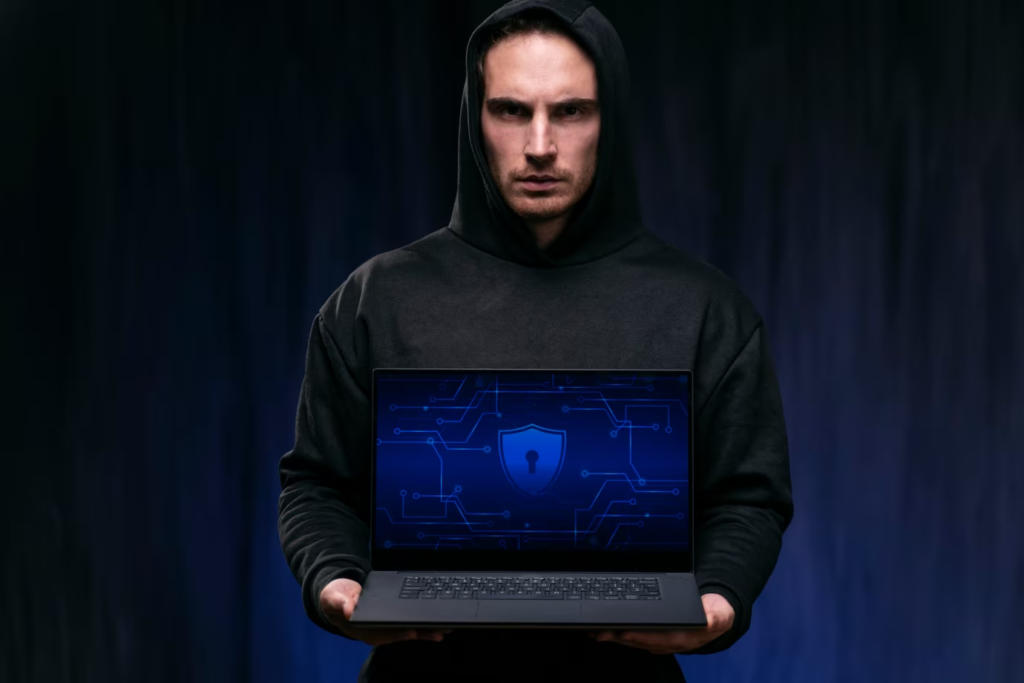How To Protect Your Security System from Hacking

In an era overwhelmed by technology, security systems have become an integral part of safeguarding homes, businesses, and sensitive information. However, with the rise of cyber threats, the need to protect these security systems from hacking has never been more critical. This guide aims to offer a complete overview of the steps you can take to fortify your security infrastructure and prevent unauthorized access.
Understanding the Threat Landscape
Before delving into specific strategies, it’s crucial to understand the diverse range of threats that security systems face. Hackers employ various tactics, including phishing, malware, and brute force attacks, to compromise security protocols. Recognizing these threats is the first step toward building a robust defense.
Update and Patch Regularly
Keeping your security system up-to-date is fundamental to its resilience against hacking attempts. Manufacturers release software updates to address vulnerabilities. Ensure that your security devices, cameras, and software are running the latest versions to benefit from security enhancements.
Strong Password Policies
Weak passwords are an effortless entry point for hackers. Establish and enforce solid password policies for all devices and accounts related to your security system. Regularly update passwords and avoid using easily guessable information such as birthdays or common words.
Two-factor authentication (2FA)
Implementing two-factor authentication has an extra layer of security by requiring a second type of verification beyond just a password. It could be a temporary code sent to a mobile device by an authentication app. Even if a hacker has to obtain the password, 2FA adds a barrier.
Network Security
A secure network is the base of a robust security system. Change default router login credentials, enable WPA3 encryption for Wi-Fi, and use a strong, unique password for your network. Additionally, segment your network to isolate your security devices from other connected devices, reducing the potential attack surface.
Firewall Protection
Implement a firewall to observe and control incoming and outgoing network traffic. A properly configured firewall actions as a barrier between your security system and external threats, filtering out malicious traffic and protecting sensitive information.
Regular Security Audits
Conducting regular security audits helps identify vulnerabilities in your system. Perform penetration testing and vulnerability assessments to discover weak points before hackers can exploit them proactively. This ongoing process ensures that your security system remains resilient against evolving threats.
Secure Physical Access
Physical security is as critical as digital security. Limit access to the physical components of your security system, such as surveillance cameras and control panels. Use secure enclosures and tamper-resistant equipment to prevent unauthorized tampering.
Encrypt Data
Encryption is a solid tool for protecting sensitive data transmitted between devices within your security system. Ensure that all communication, both wired and wireless, is encrypted. It makes it significantly harder for hackers to intercept and decipher the data.
Regular Backups
Regularly back up your security system configurations and settings. In the event of a security breach, having up-to-date backups allows you to restore your system to a known, secure state. Store backups in a secure location, offline, to prevent them from being compromised during a cyberattack.
Security System Firmware
Just like software, security system firmware must be kept up-to-date. Manufacturers release firmware news to address security vulnerabilities and enhance system performance. Regularly check for firmware news and apply them promptly.
Employee Training
Human error remains an important factor in security breaches. Educate employees or household members on security practices, the risks of social engineering, and the significance of following security protocols. Awareness is a pivotal component of a comprehensive security strategy.
Monitor System Logs
Actively monitor and analyze system logs for any unusual or suspicious activity. Anomalies in system logs could be indicators of a security breach. Establish a monitoring system to alert you to potential threats, allowing for a swift response to mitigate risks.
Vendor Security Assessment
When selecting security system providers, conduct thorough security assessments of their products and services. Choose vendors with a strong commitment to security, transparent practices, and a history of addressing vulnerabilities promptly.
Conclusion
In an interconnected world, securing your security system is an ongoing process that requires diligence and a proactive approach. By staying informed about the enhanced threats, implementing robust security measures, and regularly updating your defenses, you can greatly lower down the risk of hacking and ensure the safety of your home, business, and sensitive information. Remember, the key to effective security is a combination of technological safeguards, user awareness, and a commitment to moving one step ahead of potential threats.

